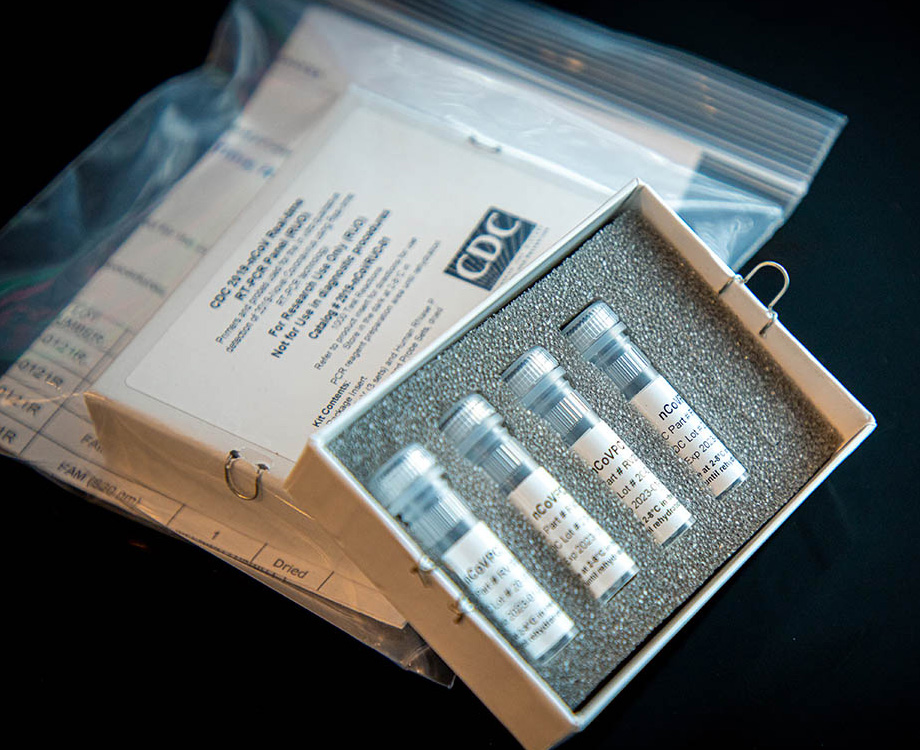Now that the country is locked down, many experts have voiced opinions on what the government should be doing in this period, besides clarifying on lockdown guidelines. I propose a Pradhan Mantri Janta Testing Yojana that uses public financing and private provisioning, to quickly expand ‘supply’ of SARS-CoV-2 testing capacity in the country. Designing such a scheme in the form of a modified voucher system can help optimise on the frontiers of private capability to deliver and user affordability.
One thing is clear; we need to increase the number of people being tested for SARS-CoV-2 drastically. Social distancing and expansive testing are not mutually exclusive: doing the first will not eliminate the need for the other. Draconian distancing rules or market controls are not sustainable given our lifestyle practices (buy fresh veggies/milk/provisions/proteins frequently), reliance on help in the house, heat/electricity/water/garbage management challenges, or our state capacity limitations. The last is going to become woefully apparent in the coming days.
On the singular question of testing, so we can effectively isolate and treat, experts estimate that we need to ramp up to 2,50,000 tests per day. While this is admittedly a crude bottom-line number, how do we get here in the next month-six weeks? Suppose the government were to set such a target, what programmatic design should we consider?
In a March 23rd column, CCS’ former Board member Ajay Shah writes: In responding to the Covid-19 epidemic, there is a need to surge the quantities of testing and health care. Most of the capacity in testing and health care in India is in the private sector. Hence, thinking about health policy should envision how to utilise these capabilities. The right combination involves public funding and private production. This involves the complexity of addressing market failure through purchasing and the problem of low government capability in contracting.
Government ability to test is limited: despite ramping up there is only so far this can go; besides, we should want as much dispersion across health facilities and test centres as possible to avoid the dangers from crowding. 60-75 labs conducting these tests will scarce suffice to reach the target. Harnessing private capability to develop and mass-produce test kits, conducting triages and administering tests, and provision of subsequent health care is both necessary and inevitable. Over the last few days, we hear hopeful news of government expediting approvals for private clinics and labs to test for SARS-CoV-2. There is also exciting news on the front of cheap home-testing coming from places like IIT-Delhi.
The question on people’s mind is: can we afford these tests? Government has worked backwards on setting a price-ceiling on clinics and labs conducting such tests: they are not allowed to charge more than ₹4,500 per test. Irrespective of what the actual market cost of the test is, we want people to be able to get tested if (in order of priority) they are high-risk from immediate/confirmed exposure, high-risk from showing symptoms, high-risk from casual exposure. We want to progress along this frontier getting finally to those who are low-risk. We don’t want to disincentivise private players from entering the market, innovating on delivery or turning away patients because they don’t think the pricing works out.
What should the big picture design of PMJTY be?
In simple words, if I am feeling flu-y, I could go to a private clinic/lab. The lab triages me for risk, previous conditions enter my data into a database, and cuts me a voucher from the ‘book’ that I take to the lab. These vouchers are part of a strategic purchasing agreement that the Government of India and the private provider have entered into. I get my test, get sent home for self-quarantine, or in case I am high-risk, the hospital admits me into the quarantine area. We wait for the test, and the next steps follow. This is a non-scientific protocol, of course, to be tailored based on what the situation calls for. I pay nothing out of pocket for my testing. The lab gets reimbursed by the government on a prior-agreed payment schedule. Simple enough?
Not quite. We are asking a state that barely works at the best of times to get its act together in the worst of times. Making this work seamlessly requires a thoughtful draft strategic purchasing agreement (contracting/procurement of services) where the terms of the service are clear, a payments schedule and system is defined, some backend facilities management, human resource management, data collection and management protocols, and mechanisms to check against cheating and rigging are in place. We have some experience in doing these things with the Pradhan Mantri Bima Suraksha Yojana, as well as cash in lieu of grains at ration shops. But by all accounts, this hasn’t been done well.
Vouchers, if we can get them right, can solve multiple public finance and provisioning challenges: income support for an expensive purchase, so folks are incentivised to opt-in, no out of pocket transactions for the masses, facility to quickly use data since payments are recorded in the public finance management system, enhanced ability to track and follow up (crucial in our problem case) at high frequency.
Read more: Markets are Leading the Fight Against COVID-19
Post Disclaimer
The opinions expressed in this essay are those of the authors. They do not purport to reflect the opinions or views of CCS.






